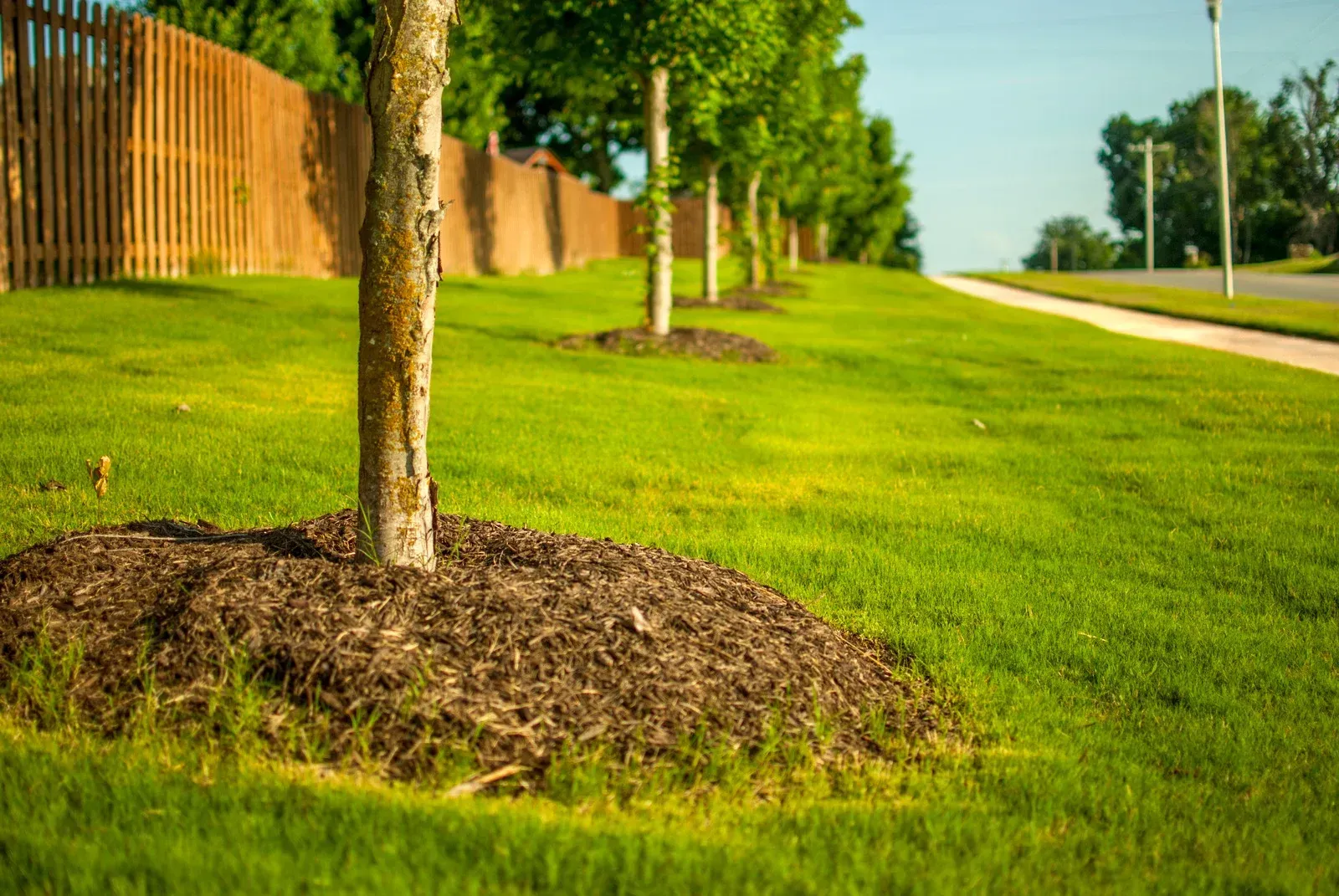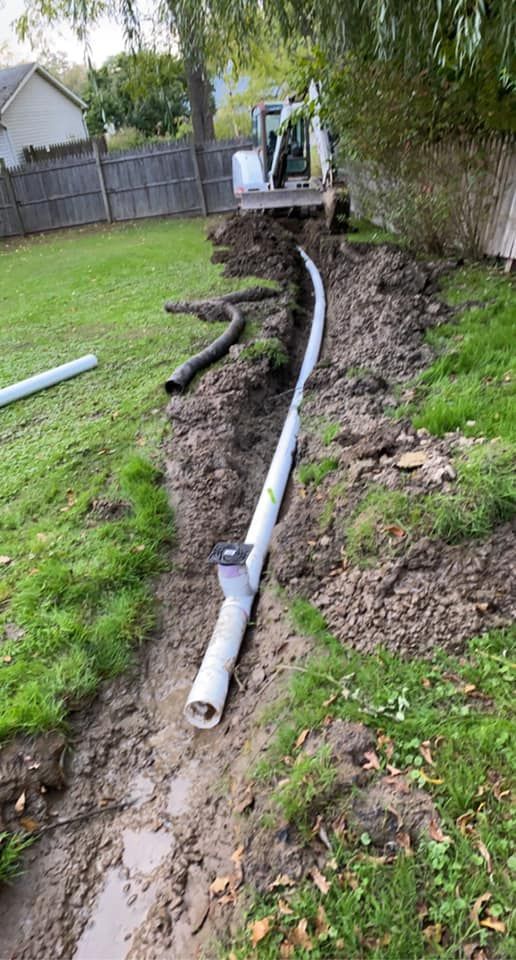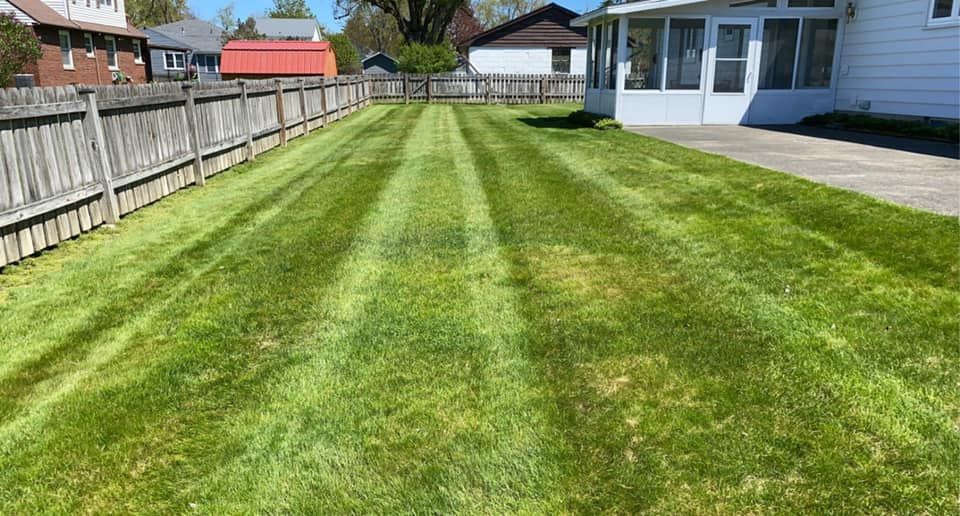Choosing the Right Mulch for Your Landscape: A Complete Guide
July 24, 2025

Mulch is a fundamental element of a well-designed and healthy landscape. Beyond its clean, polished look, mulch plays a vital role in moisture retention, temperature regulation, weed suppression, and soil enrichment. However, not all mulches are created equal, and selecting the right type can make a significant difference in your landscape's long-term health and appearance. With various materials available—each with distinct benefits and aesthetic qualities—understanding your options is key. This guide explores how to choose the ideal mulch for your specific landscape needs, helping you enhance curb appeal and promote plant vitality with an informed decision.
1. Organic vs. Inorganic Mulch
The first decision when choosing mulch is between organic and inorganic materials. Organic mulch, such as wood chips, bark, straw, and compost, naturally decomposes over time, enriching the soil with nutrients. This makes it ideal for plant beds and vegetable gardens. Inorganic mulch, like rubber, gravel, or landscape fabric, does not decompose and is best suited for areas requiring minimal maintenance, such as pathways or decorative borders. Each type serves its purpose depending on your landscape goals and maintenance preferences.
2. Consider Your Plants’ Needs
Different plants thrive under different conditions, and your choice of mulch should support their growth. For example, acid-loving plants such as azaleas or hydrangeas benefit from pine bark mulch, which gradually lowers soil pH. Vegetable gardens do well with straw or compost that adds nutrients while improving soil texture. Always consider how the mulch will interact with your plants’ root systems, water needs, and overall soil health to maximize results.
3. Aesthetic and Functional Balance
Mulch isn't just about function—it also significantly affects your landscape's visual appeal. Decorative mulch options like dyed wood chips or colored bark can complement your home’s exterior and create defined garden edges. Choose colors and textures that align with your overall design theme, whether rustic, modern, or traditional. At the same time, remember that lighter-colored mulches may reflect sunlight and dry out faster, while darker mulches retain heat and moisture.
4. Application and Maintenance
Correct application is critical for mulch to be effective. A layer of 2–4 inches is typically recommended to prevent weed growth and regulate moisture. Too much mulch can suffocate roots, while too little won’t offer sufficient coverage. Organic mulches will need to be replenished annually, while inorganic types may only require occasional raking or repositioning. Understanding your willingness to maintain the mulch will guide you toward the most suitable material.
The right mulch does more than just beautify your landscape—it supports the health and sustainability of your outdoor environment. Whether you prefer the natural breakdown of organic mulch or the durability of inorganic options, making an informed choice will enhance both form and function in your garden.
With over 9
years of experience, Braidich Landscaping
in Silver Creek, New York, specializes in helping homeowners choose and apply the perfect mulch solutions tailored to their landscape’s design and health requirements. Trust our expertise to bring out the best in your yard with
professional mulching services.




